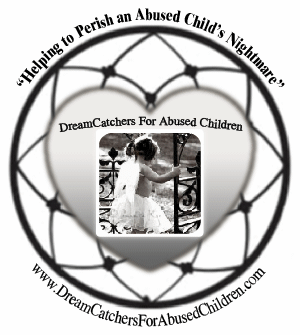
The odds a child will be a victim of neglect in a year are 1 in 136.4—it is the most common type of child abuse, more than four times likelier than the next-most common, physical abuse.
The CDC estimates that in 2008 more than 772,000 children were victims of maltreatment in the US—about one in every 97 children. Seventy-one percent of those victims suffered some form of neglect, whether it was parental absence, malnourishment, lack of supervision, dangerous or inadequate living conditions, insufficient education or emotional support, or any combination thereof—and more.
For some unfortunate children, neglect is the lesser evil. Every year, some children are tallied more than once by the CDC because, in addition to being neglected, many are also actively abused. In 2008, 1 in 601.4 children were victims of physical abuse, 1 in 1,064 of sexual abuse, and 1 in 1,333 of emotional abuse.
Most child maltreatment comes not from strangers or even acquaintances, but from family. In 2008, 80.1% of those maltreating children were their parents, and an additional 6.5% were relatives. In cases of child maltreatment, neglect and abuse alike, fewer than 1 in 4 will be removed from a home by Child Protective Services in a year—in 2008, 1 in 4.78 victims of child maltreatment were removed from their home by CPS.
Plenty of children aren’t so lucky. They can wait to grow up, hope for circumstances to change, ask or pray for help, or run away—as Oprah Winfrey did after a half-decade of sexual abuse.
All maltreated children, rescued or not, are at increased risk for physical and psychological problems, including depression, anxiety, PTSD, self-harm, suicidal tendencies, aggression, and substance abuse.
Or worse. Of the three quarters of a million maltreated children in the US, 1,740 of them, or 1 in every 335.4 , died from it in 2008.
Nearly twice as many people under 20 die from maltreatment than they do from drowning.
SOURCE:
http://www.bookofodds.com/Relationships-Society/Articles/A0873-Child-Abuse
CDC. Child Maltreatment 2008. U.S. Department of Health & Human Services, 2008. Available from http://www.acf.hhs.gov/programs/cb/pubs/cm08/cm08.pdf
Malinosky-Rummell, R. and Hansen, D. Long-term consequences of childhood physical abuse. Psychological Bulletin. July, 1993 Vol. 114, no. 1. pp. 68-79.
Morgan, T. p. C17, Troubled Girl’s Evolution into an Oscar Nominee. New York Times. March 4, 1986.













 St. Louis (KSDK)– Judge John Garvey will hand down punishment September 23rd on a former St. Charles County man who has been convicted of repeated sexual assaults and abuse of three relatives.
St. Louis (KSDK)– Judge John Garvey will hand down punishment September 23rd on a former St. Charles County man who has been convicted of repeated sexual assaults and abuse of three relatives.

















![Validate my RSS feed [Valid RSS]](http://dreamcatchersforabusedchildren.com/wp-content/uploads/2009/10/valid-rss.png)












